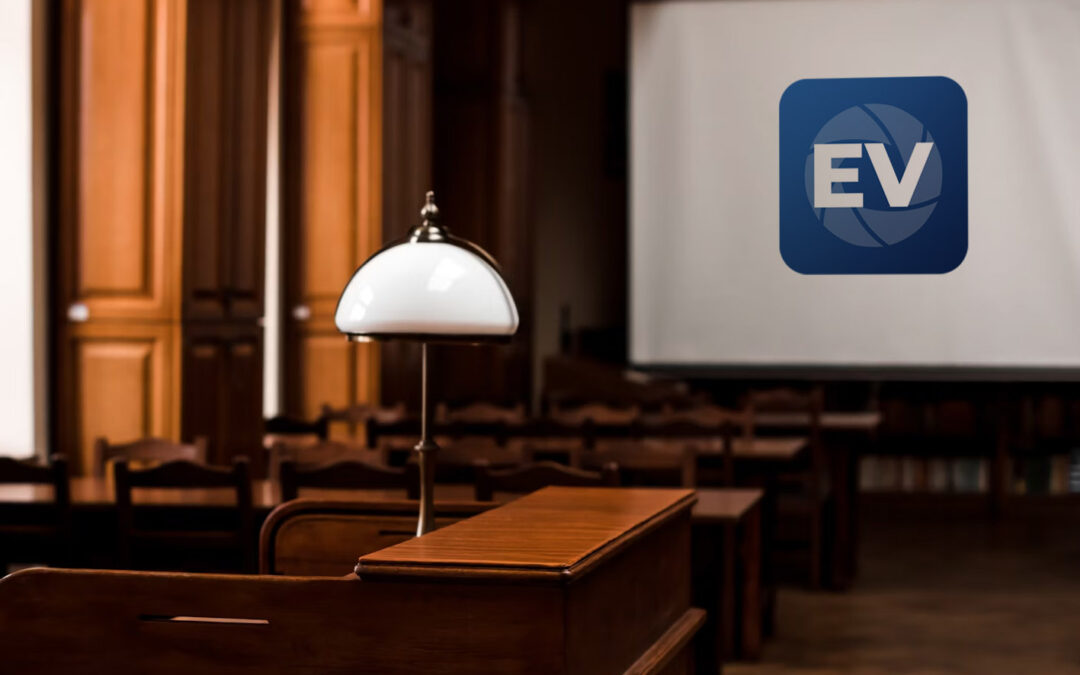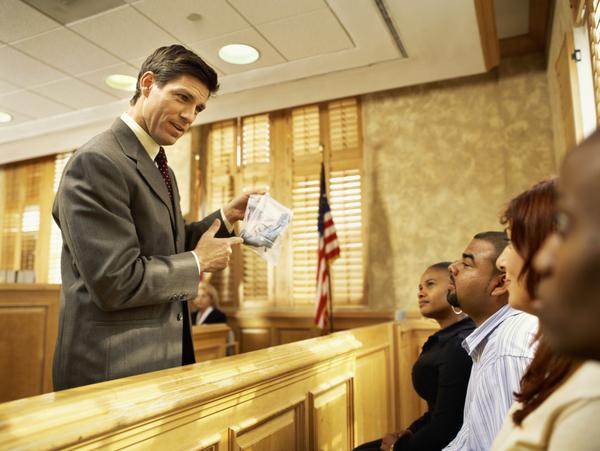Trial lawyers use custom trial presentations to support their cases.
Trial lawyers use custom trial presentations to support their cases.
Blog Article
How Trial Presentations Enhance Your Debate and Encourage Jurors
Test discussions offer as a crucial system for improving lawful debates and persuading jurors. The critical use of visuals not just clarifies intricate information yet also records jurors' focus much more efficiently than words alone.

Significance of Aesthetic Help
Visual help play a vital function in enhancing the effectiveness of test presentations, as they can dramatically boost audience involvement and retention of info. In the context of a test, where jurors are charged with handling complicated information, aesthetic aids offer to simplify and make clear bottom lines. Graphes, graphs, and photos can convey information and concepts that might otherwise bewilder or puzzle jurors, enabling for an extra straightforward understanding of the evidence provided.
Furthermore, aesthetic aids help in keeping juror attention throughout the procedures. By damaging the monotony of spoken testimony, these devices can stress important arguments, making them much more remarkable. Effective visual help can also evoke psychological actions, which can be pivotal in persuading jurors to line up with the speaker's story.

Crafting Engaging Narratives
An engaging narrative is essential in trial discussions, as it functions as the backbone of reliable persuasion. It allows attorneys to weave together realities, evidence, and emotional components into a meaningful tale that resonates with jurors. This narrative framework enables jurors to comprehend the intricacies of the case while directing them with the lawyer's argument.
To craft a compelling story, lawyers ought to concentrate on quality and comprehensibility. This involves establishing a clear lead character-- typically the customer-- and outlining their journey via the occasions in question. Presenting the realities in a sensible series boosts comprehension and maintains involvement. Furthermore, the usage of dazzling descriptions can create mental pictures that aid jurors imagine the events, making the story extra remarkable.
In addition, incorporating crucial styles throughout the presentation enhances the core message and help in retention - trial presentations. The story ought to not only convey information yet additionally stimulate a sense of justice, highlighting the stakes involved. Ultimately, a sound story fosters a link between the jurors and the case, placing the lawyer's argument as both qualified and engaging, consequently enhancing the likelihood of a favorable judgment

Involving the Court Mentally
Effective court interaction rests on the lawyer's capability to get in touch with jurors on a psychological degree. This connection can considerably influence jurors' understandings and their ultimate decision-making. Using sob stories allows lawyers to humanize the situation, transforming abstract lawful concepts right into relatable experiences. By providing real-life stories or endorsements, lawyers can stimulate compassion and compassion, promoting a much deeper understanding of the issues at risk.
Visual help, such as pictures or videos, can additionally improve psychological his comment is here interaction, providing jurors with dazzling representations of the situation's human elements. Crafting a story that highlights the struggles and accomplishments of the people involved makes certain that jurors see past the lawful arguments and recognize the human repercussions of their choices.
Moreover, tone and body movement play an important duty in conveying emotion. A lawyer's passionate shipment can reverberate with jurors, enhancing their psychological investment in the event. It's important to balance psychological appeals with accurate proof, ensuring that jurors feel forced to act while remaining grounded in the reality. Inevitably, a psychologically engaged court is most likely to be convinced, making psychological link a crucial part of reliable trial presentations.
Structuring Your Presentation

The body of the presentation should be realistically fractional right into crucial points, each sustained by engaging evidence. It is valuable to utilize storytelling strategies to weave facts right into a narrative that jurors can conveniently comply with. Visual help, such as graphes and video clips, can boost comprehension and interaction, aiding to highlight critical pieces of proof.
Real-World Situation Researches
Checking out real-world case research studies supplies invaluable insights into the art of trial presentations and persuasion. The protection group properly used a strategy that combined prominent professional statements with multimedia presentations, which captivated jurors and ultimately influenced their decision.
One more noteworthy instance is the "McDonald's Coffee Situation," where the complainant's lawyers used visuals moved here pictures of the injuries received by Stella Liebeck. trial presentations. This raw aesthetic proof played an essential function in communicating the intensity of her burns, causing a substantial court honor. Such situations demonstrate that impactful trial presentations frequently depend upon the effective integration of visuals and narration to stimulate psychological actions from jurors
In addition, the "Casey Anthony Test" highlighted the value of narrative coherence and reputation. The prosecution's failing to develop an engaging timeline decreased their persuasive power, emphasizing the need of a well-structured discussion. Assessing these situations reveals that effective test presentations call for calculated planning, psychological interaction, and the ability to reverberate with jurors' worths and beliefs.
Conclusion
Trial discussions substantially enhance disagreements and persuade jurors with the critical use of aesthetic aids, compelling stories, and emotional interaction. A well-structured discussion balances psychological allures with factual proof, inevitably resonating with jurors' worths.
Report this page